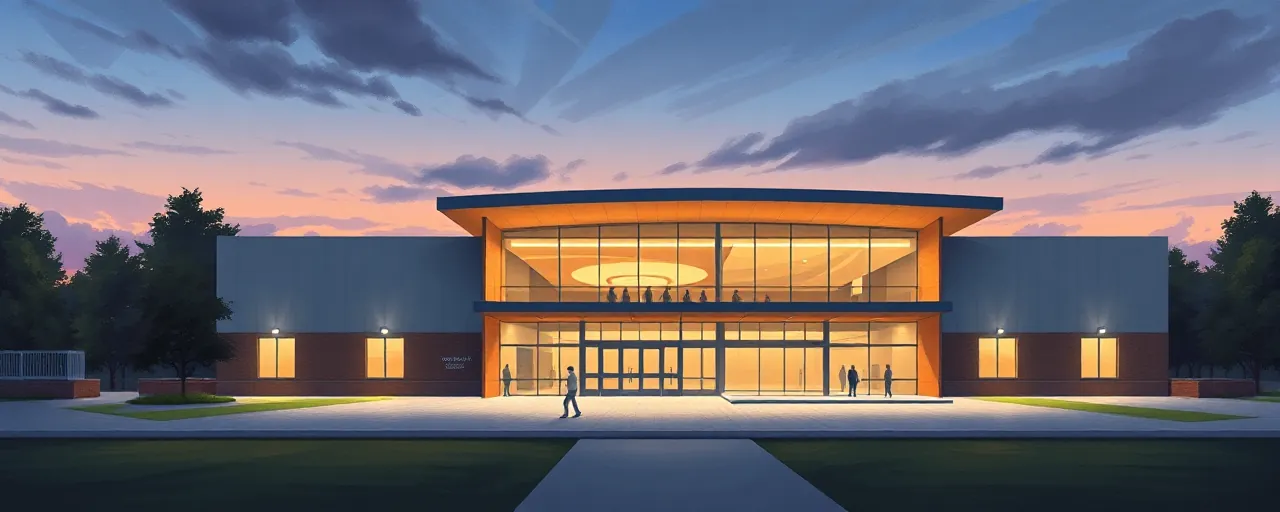A New Push for Workforce Reform
President Donald Trump signed an executive order on April 23, 2025, directing a sweeping review of federal workforce training programs. The goal is to realign these initiatives with the demands of a rapidly changing economy, particularly in skilled trades like construction and manufacturing. With industries facing persistent labor shortages, the administration aims to prepare American workers for high-paying jobs in sectors critical to domestic growth.
The order tasks the Secretaries of Labor, Education, and Commerce with developing a comprehensive strategy to streamline and integrate workforce programs. It emphasizes emerging industries, including those driven by artificial intelligence and advanced manufacturing, as key areas for investment. The move comes as the United States grapples with a skilled trades shortage that threatens economic progress and infrastructure development.
This initiative reflects a broader shift in how the nation approaches career preparation. For decades, a college degree was seen as the primary path to success, but rising costs and underemployment among graduates have prompted a reevaluation. The administration’s focus on vocational training and apprenticeships signals an effort to bridge the gap between education and employer needs, though questions remain about implementation and access.
The Skilled Trades Crisis
The United States faces a critical shortage of skilled tradespeople, with over 447,000 unfilled construction jobs and 94,000 vacancies in durable goods manufacturing reported in 2024. The Bureau of Labor Statistics projects this gap could widen to nearly half a million annually over the next decade. An aging workforce, with many tradespeople nearing retirement, and declining interest among younger generations exacerbate the problem.
Societal emphasis on four-year degrees has contributed to the shortage. Many young Americans view trade careers as less prestigious, despite their competitive wages and job security. Immigration restrictions have also reduced the labor pool, particularly in industries reliant on foreign-born workers. The economic toll is significant, with unfilled jobs leading to project delays, higher costs, and slowed growth in manufacturing and infrastructure.
The administration’s plan to support over one million apprenticeships annually aims to address these gaps. Apprenticeships offer hands-on training and direct pathways to employment, appealing to both workers and employers. However, scaling such programs requires substantial investment and coordination across federal, state, and private sectors, raising concerns about feasibility and equitable access.
Balancing Education Pathways
The debate over higher education versus vocational training lies at the heart of the administration’s reforms. Only about half of college graduates secure jobs requiring degrees, while trade school graduates report high job placement rates and satisfaction. Vocational programs, growing at nearly 5% annually, provide quicker, often debt-free paths to stable careers, particularly in high-demand fields.
Yet, higher education remains a cornerstone of social mobility. Bachelor’s degree holders earn significantly more over their lifetimes and contribute to civic engagement. Barriers like rising tuition and inequitable access, however, limit its benefits for many. Advocates for balanced workforce development argue that both pathways are essential, with neither able to fully replace the other.
The administration’s push to redirect federal funding from higher education to apprenticeships and technical training has sparked debate. Supporters say it corrects an overemphasis on college degrees, while others worry it could disadvantage those who rely on traditional education for upward mobility. Ensuring equitable access to training opportunities will be critical to the plan’s success.
Reshoring and Economic Ambitions
The executive order aligns with a broader trend of reshoring, as manufacturers return operations to the United States. Spurred by supply chain disruptions, geopolitical tensions, and incentives from laws like the Inflation Reduction Act, reshoring created over 360,000 job announcements in 2022 alone. This growth demands a skilled workforce, particularly in advanced manufacturing and technology-driven sectors.
Artificial intelligence is reshaping these industries, creating new roles while automating others. Jobs in AI-related fields have grown by 70% since 2019, but traditional roles face displacement risks. The administration’s strategy emphasizes preparing workers for these shifts, though critics argue it lacks detail on supporting those affected by automation or addressing digital literacy gaps.
Businesses welcome the focus on workforce alignment but face challenges like high input costs and fluctuating demand. The success of reshoring depends on a steady supply of trained workers, making the administration’s training reforms a critical piece of the economic puzzle. Yet, the plan’s reliance on private-sector collaboration raises questions about consistency and oversight.
Voices on the Ground
Workers and employers offer varied perspectives on the reforms. Union leaders emphasize the need for job security and fair wages in any training expansion, warning that deregulation could erode protections. Small business owners, particularly in manufacturing, praise the focus on apprenticeships but stress the need for accessible funding to train new hires.
Educators highlight the importance of integrating vocational training into high schools to reach younger students. Community colleges, already key players in workforce development, seek clearer federal guidance to align programs with employer needs. Meanwhile, advocates for low-income workers stress that training must be accessible to those facing barriers like childcare or transportation costs.
Looking Ahead
The administration’s workforce overhaul aims to address pressing economic challenges, from skilled trades shortages to the demands of a reshoring economy. By prioritizing apprenticeships and streamlining federal programs, it seeks to create a more responsive training system. Yet, its success hinges on execution, particularly in ensuring access for diverse populations and maintaining quality across programs.
As the United States navigates technological change and global competition, the balance between immediate workforce needs and long-term opportunity remains delicate. The coming years will reveal whether this strategy can deliver on its promise to empower workers and strengthen the nation’s economic foundation.
